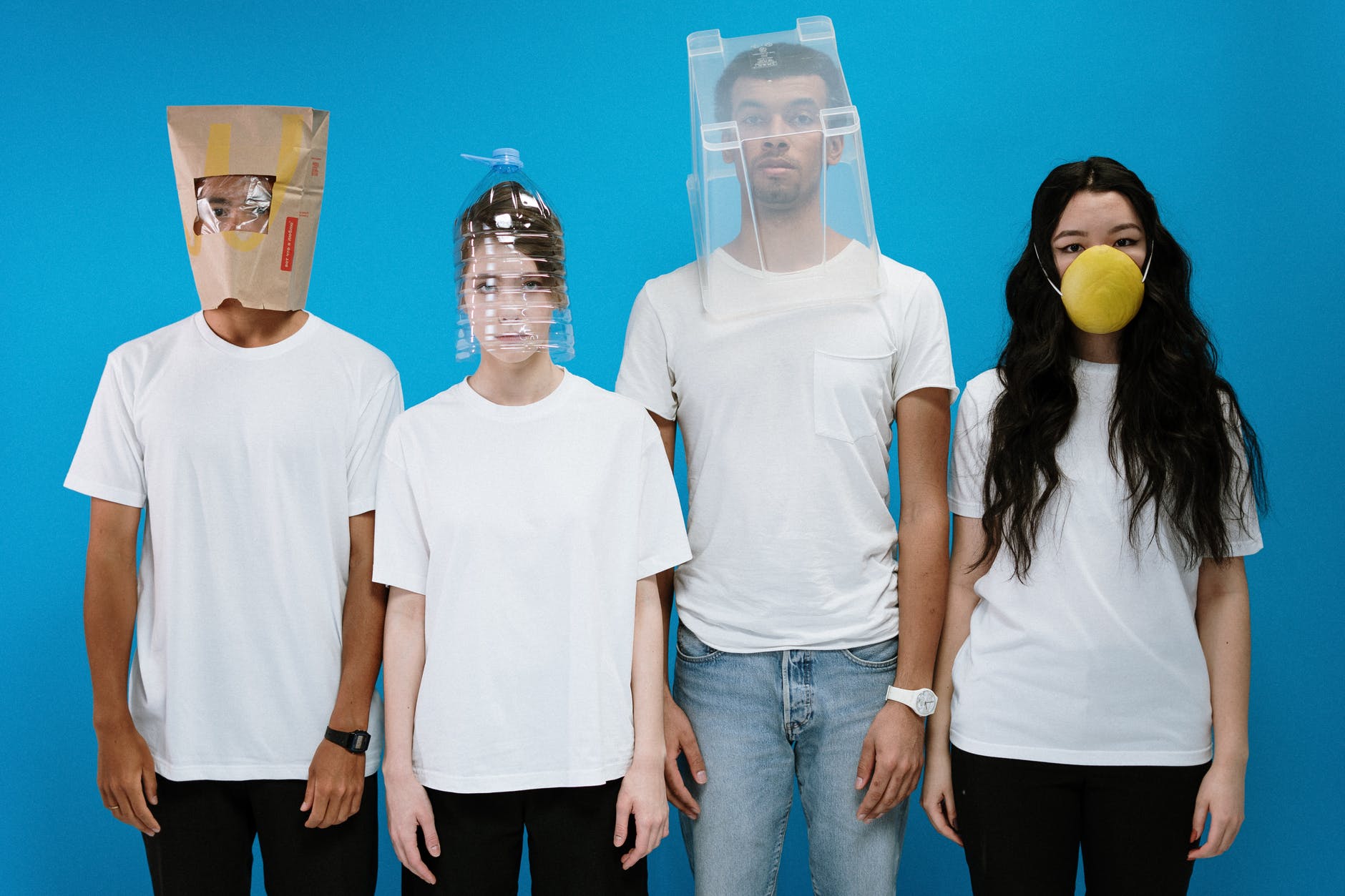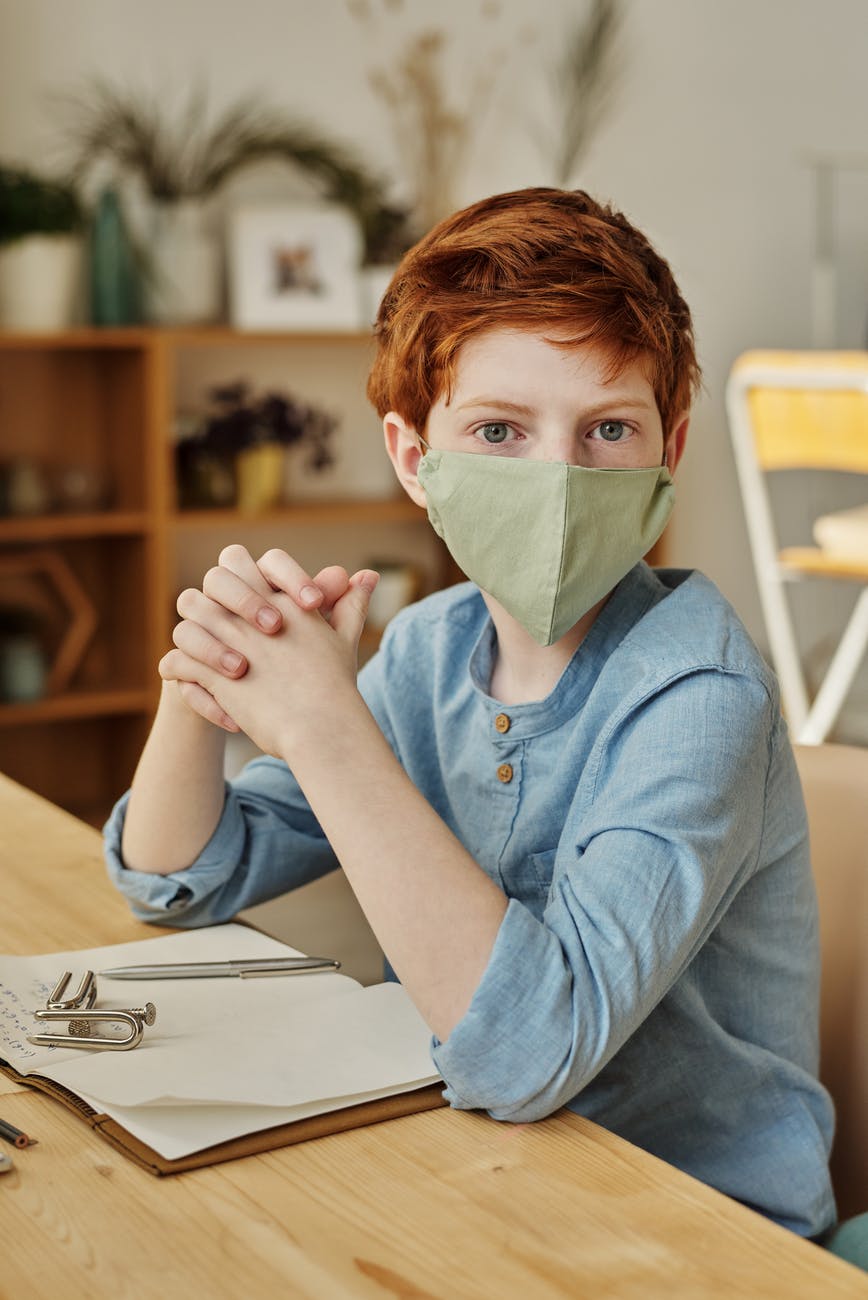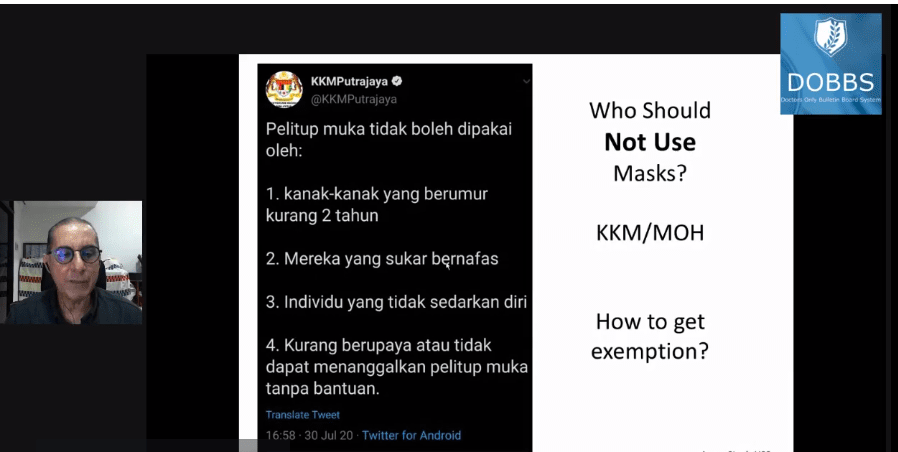Health director-general Datuk Dr Noor Hisham Abdullah recently announced the mandatory use of face masks effective today. This will be for crowded public places where social distancing cannot be practised. Those who flout the rule could be fined up to RM1,000, face 6 month imprisonment, or both.

Such a rule was already implemented for public transport. When I had to travel the Sri Petaling line down to KL last week, I had the experience of being with the crowd and I was grateful for all who had their masks on. During the ride, there were regular announcements in Bahasa and English, between each station, for passengers to wear masks at all times.

Since the news of the mandatory use of masks, social media was hit with a whatsapp circular on the mask SOP for travelling in cars and dining at eateries. The message was today declared “fake” by the Communications and Multimedia Ministry.
In these times, we need responsible information shared, and not fake material that confuse and distress. I am pleased that Dato’ Dr Amar-Singh HSS was featured last night (1 August) in a timely session by the Malaysian Medical Resources – “Unmasking the Masks – facts and fallacies”. For those who did not catch the live session, replay is available on youtube.
Dato Dr Amar generously shared the current research that he put together. Explanation on the transmission of Covid-19 was clear, and within this context, viewers could appreciate the need for all of us to don face masks, as one of the important prevention measures during the pandemic. He emphasized that all masks would work, but at different degrees of effectiveness.
Dato Dr Amar also put in a convincing case for cloth masks, as long as these are correctly made (multiple layers with correct combination of fabrics in terms of thread count and water resistance) and well-fitted to ensure filtration effectiveness. He cited the WHO (June 2020) cloth mask guidelines that include:
- A minimum of three layers, depending on the fabric used. (With more tightly woven materials, as number of layers increases, the breathing ability may be reduced.
- The ideal combination of material should include an innermost layer of a hydrophilic material (e.g. cotton or cotton blends); an outermost layer made of hydrophobic material (e.g., polypropylene, polyester, or their blends) and a middle hydrophobic layer of synthetic non-woven material such as polyproplylene or a cotton layer which may enhance filtration or retain droplets.
- Material should not be elastic
- Mask shapes include flat-fold or duckbill and are designed to fit closely over the nose, cheeks and chin of the wearer.
- Nose piece to be added to possible

Citing WHO again, Dato Dr Amar stated that cloth masks would not be suitable for Healthcare professionals, those above 60 years, those with illnesses such as cardiovascular disease, diabetes, cancer, and those with symptoms suggestive of Covid 19. I particularly appreciated how Dato’ Dr Amar shared the types of masks he has personally used.

Dato Dr Amar also warned against the recycling of 3-ply masks and reiterated that masks must be worn correctly to be effective. He also covered the use of face shields, and masks for the future including the gill mask and the leaf mask.


Dato’ Dr Amar-Singh HSS will be speaking at the SEGi College Subang Jaya webinar on 7 August at 730pm. We can be sure of a comprehensive, fact-based session, comprehensible with loads of practical ideas. Join us and stay informed so that we can all be safe.

August 2, 2020 at 4:26 pm
[…] line with the mask ruling of 1 August, Dato’ Dr Amar-Singh HSS shared his research on the use of masks in general, and this morning he further shared with us (the team prepping for our webinar this […]